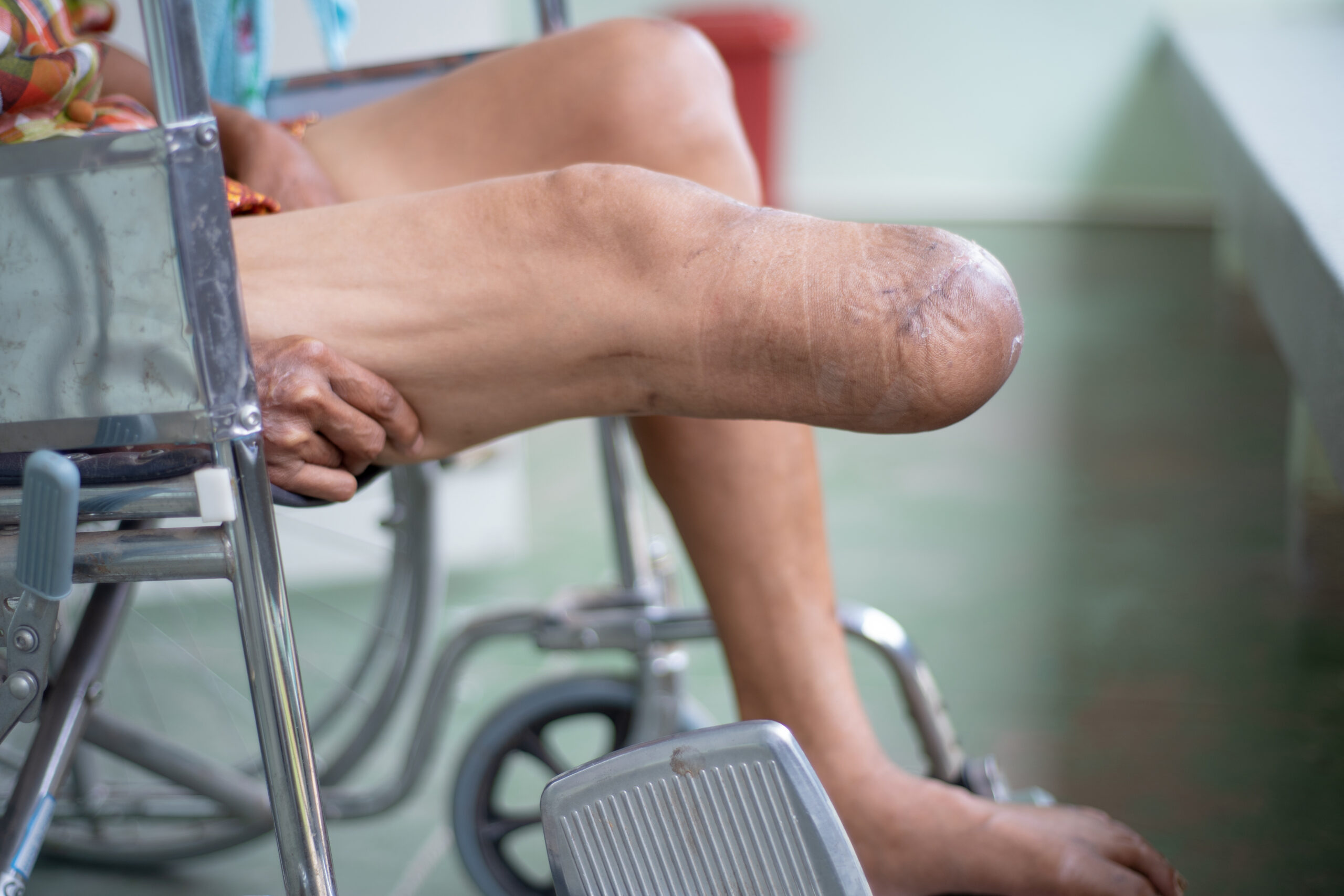Understanding Phantom Pain After Limb Loss and How to Manage It
Losing a limb is a life-changing experience that comes with many challenges, both physical and emotional. One of the most perplexing and frustrating aspects of limb loss is phantom pain. Many amputees experience sensations that seem to come from the missing limb, ranging from mild tingling to severe pain. If you’re dealing with phantom pain, you’re not alone, and there are ways to manage it.
What Is Phantom Pain?
Phantom limb pain
(PLP) is the sensation of pain in a limb that is no longer there. It is different from phantom limb sensation, which refers to non-painful feelings like itching, tingling, or warmth. PLP can feel like burning, stabbing, throbbing, or even cramping pain, and it can be intermittent or constant. Some amputees report that the pain mimics the feeling they had before amputation, such as arthritis pain, pressure, or even a feeling of the limb being twisted in an unnatural position.
What Causes Phantom Pain?
Phantom pain is believed to be caused by mixed signals from the brain and spinal cord. When a limb is amputated, the nerve endings at the site continue to send signals to the brain, even though the limb is gone. The brain, in turn, tries to interpret these signals, often resulting in pain. Some other contributing factors include:
Nerve damage at the amputation site, where severed nerve endings may become hyperactive and send erratic pain signals.
Changes in the brain’s sensory map, also known as cortical remapping. The brain still registers the lost limb as part of the body and struggles to adjust to its absence.
Emotional factors like stress, anxiety, or depression, which can intensify pain by increasing nerve sensitivity.
Poorly fitting prosthetics, which may cause irritation and pressure on the residual limb, potentially triggering nerve pain.
Circulatory problems or poor blood flow in the residual limb, which can cause discomfort and pain that feels like it's originating from the missing limb.
Ways to Manage Phantom Pain
While there is no universal cure for phantom pain, there are several treatments and techniques that may help reduce its intensity and frequency.
1. Medications
Some drugs can help manage phantom pain, including:
Pain relievers (over-the-counter or prescription) such as NSAIDs or opioids in severe cases.
Antidepressants and anticonvulsants, which can help modify nerve signals and reduce hyperactivity in the nervous system. Common medications include amitriptyline, gabapentin, and pregabalin.
Muscle relaxants, if muscle spasms contribute to discomfort, which may include baclofen or benzodiazepines.
NMDA receptor antagonists, such as ketamine or dextromethorphan, which may help block pain signals in some individuals.
2. Mirror Therapy
Mirror therapy is a simple yet effective method. By placing a mirror between the intact limb and the missing limb, the brain is tricked into “seeing” the missing limb moving. This can help rewire the brain and reduce pain over time. Research suggests that consistent mirror therapy can gradually reduce the frequency and severity of phantom pain.
.3 Alternative Therapies
Some amputees find relief through alternative approaches such as:
Acupuncture, which may help stimulate nerve endings and improve circulation.
Massage therapy, particularly for the residual limb, to improve blood flow and decrease muscle tension.
Transcutaneous electrical nerve stimulation (TENS), which uses mild electrical impulses to disrupt pain signals.
Chiropractic care, which may help alleviate spinal misalignments that contribute to nerve pain.
Hypnotherapy, which some individuals find useful in reducing the perception of pain.
Essential oils and aromatherapy, which may provide relaxation and pain relief through calming scents like lavender or peppermint.
4. Mental and Emotional Strategie
Phantom pain is closely tied to the brain, so mental health strategies can be beneficial:
Cognitive behavioral therapy (CBT) to reframe thoughts about pain and help develop coping mechanisms.
Mindfulness and meditation, which have been shown to reduce the intensity of chronic pain by promoting relaxation.
Biofeedback therapy, which helps patients learn how to control physiological functions, such as muscle tension and blood pressure, to reduce pain perception.
Support groups and peer counselling, where amputees can connect with others who understand the experience and share practical coping strategies.
5. Physical Therapy and Exercise
Gentle stretching, massage, and physical therapy exercises can improve circulation and reduce nerve sensitivity, potentially easing phantom pain over time. Some effective activities include:
Range-of-motion exercises, which help maintain flexibility in the residual limb and prevent stiffness.
Strength training, which can improve muscle support around the amputation site.
Aquatic therapy, which reduces strain on joints and muscles while allowing for gentle movement.
6. Adjusting Prosthetic Fit
If you use a prosthetic limb, ensuring a proper fit is crucial. A poorly fitting prosthetic can irritate nerve endings and worsen phantom pain. Consulting with a prosthetist to make necessary adjustments, including cushioning and alignment corrections, can help. Additionally, wearing a compression sleeve or sock may improve comfort and reduce nerve sensitivity.
Other Experimental and Emerging Treatments
Research is ongoing into new ways to manage phantom pain, including:
Virtual reality (VR) therapy, which immerses patients in a simulated environment where they can “see” and control their missing limb.
Deep brain stimulation (DBS) and spinal cord stimulation, which involve implanting electrodes to disrupt pain signals.
Stem cell therapy, which is being explored for its potential to repair nerve damage and restore normal nerve function.
You’re Not Alone
Phantom pain can be frustrating, but there is hope. Every amputee experiences it differently, and what works for one person may not work for another. The key is to be patient and open to trying different strategies to find what helps you the most.
If you are struggling with phantom pain, reach out to a healthcare professional or a support group. At Limbloss Connection, we understand what you’re going through, and we’re here to support you on your journey.

